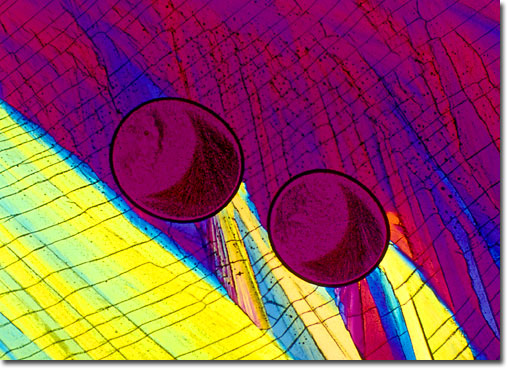Endosulfan
View a second image of endosulfan.
|
This powerful insecticide is a member of the organochlorine class of pesticides, fathered by the now banned DDT (dichlorodiphenyltrichlorethane). It is chemically very closely related to dieldrin, substituting a heterocyclic sulfur in place of the saturated bicyclic ring system. Organochlorines alter both sodium and potassium concentrations in neurons, affecting impulse transmission and causing muscles to twitch spontaneously. Many of the organochlorine insecticides were found to be very toxic to all forms of wildlife early in their use history. Endosulfan earned a bad reputation for an accidental fish kill in the Rhine River in 1969. As a consequence of their extreme toxicity and the fact that they also persist for a long time in the environment, organochlorines are gradually being phased out. |
© 1995-2025 by Michael W. Davidson and The Florida State University. All Rights Reserved. No images, graphics, software, scripts, or applets may be reproduced or used in any manner without permission from the copyright holders. Use of this website means you agree to all of the Legal Terms and Conditions set forth by the owners.
This website is maintained by our
|
